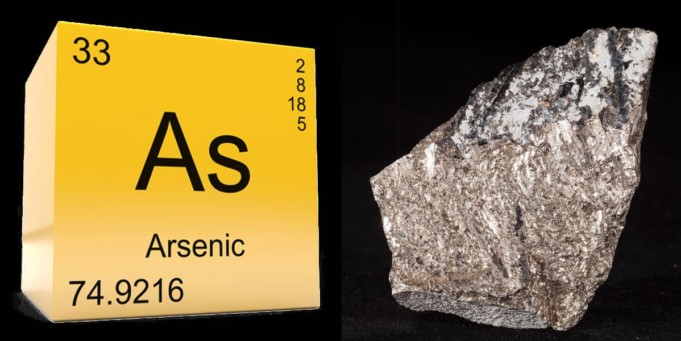Is your drinking water contaminated with arsenic? Do you need to make your groundwater safe for consumption? Are you a food industry owner, and you need a clean water supply for the best quality food production?
Are you seeking water filters that can remove arsenic from your drinking water?
Water contamination
Groundwater worldwide is known to contain inorganic arsenic. Arsenic is a natural element found in soil and rocks. High arsenic concentrations can lead to health problems like chronic poisoning.
World health organization has classified arsenic as a group 1 human carcinogenic substance. Arsenic concentration in drinking water should not go above 10µg. Water treatment is very essential to remove the toxic substances that contaminate the water.
If you are looking for high quality, efficient, and environmentally friendly arsenic removal solution, granular ferric hydroxide is recommended.
Arsenic removal
It is essential to remove arsenic from drinking water to avoid health concerns. You cannot remove arsenic by boiling the water. This can increase the arsenic concentration as some of the water will evaporate.
You can also not count on chlorine disinfection to do the job either. You may have to consider some methods of water treatment like:
Membrane technology
A membrane is a synthetic material that has a lot of pores acting as a selective barrier, preventing unwanted water constituents from passing through. A pressure difference used can be the driving force.
These membranes include:
- Ultrafiltration.
- Microfiltration.
- High pressure like reverse osmosis.
- Coagulation-flocculation.
In coagulation, the negative charge of colloids is reduced by the positively charged coagulant making the particles collide and grow larger.
Anionic flocculant is added to cause a bridge between the formed larger particles thus a floc is formed. Dissolved arsenic is transformed into insoluble solids that undergo precipitation by the chemicals. Solids are then removed through filtration.
Oxidation
Soluble arsenite is converted to arsenate. This is followed by a removal technique like adsorption, ion exchange, or coagulation. Commonly used oxidants are permanganate, atmospheric oxygen, and hypochlorite.
Adsorption
In adsorption, solids are used as a medium to remove substances from liquid or gaseous solutions. Electrostatic forces and van der Waal forces between adsorbent surface atoms and adsorbate molecules makes this possible.
Iron-based adsorption is an emerging technique for arsenic removal from drinking water. The adsorptive filter contains a granular iron hydroxide that attracts arsenic from the flowing water.
This is used to remove arsenic and vanadium from drinking water. It selectively removes toxic substances from water. This means that vital trace minerals and elements are not destroyed.
Inorganic arsenic has a high affinity for iron. Iron removes arsenic from drinking water by acting as:
- Sorbent.
- Reductant.
- Co-precipitant agent.
A good arsenic filter should have the following qualities:
- High adsorption capacity.
- Long life span.
- The wastewater or sludge should be arsenic-free.
- Low maintenance and easy to use.
- No handling or storage of chemicals required.
Arsenic health effects
Arsenic is tasteless and odorless hence not easily detected. Short term exposure leads to problems like:
- Partial paralysis
- Discoloration and thickening of the skin.
- Vomiting
- Nausea
- Diarrhea
- Numb feet and hands
- Blindness
Long term exposure leads to chronic arsenic poisoning characterized by skin lesions and skin cancer.
Conclusion
Granular ferric hydroxide is used to remove arsenate, arsenite, and other heavy metals from drinking water. Arsenic is naturally present in soil and rocks hence can be found in groundwater.
It is important to treat groundwater and remove arsenic to make it fit for human consumption. Arsenic affects human health causing issues to the nervous system, skin, cardiovascular system, digestive system, respiratory system and lowers immune.












